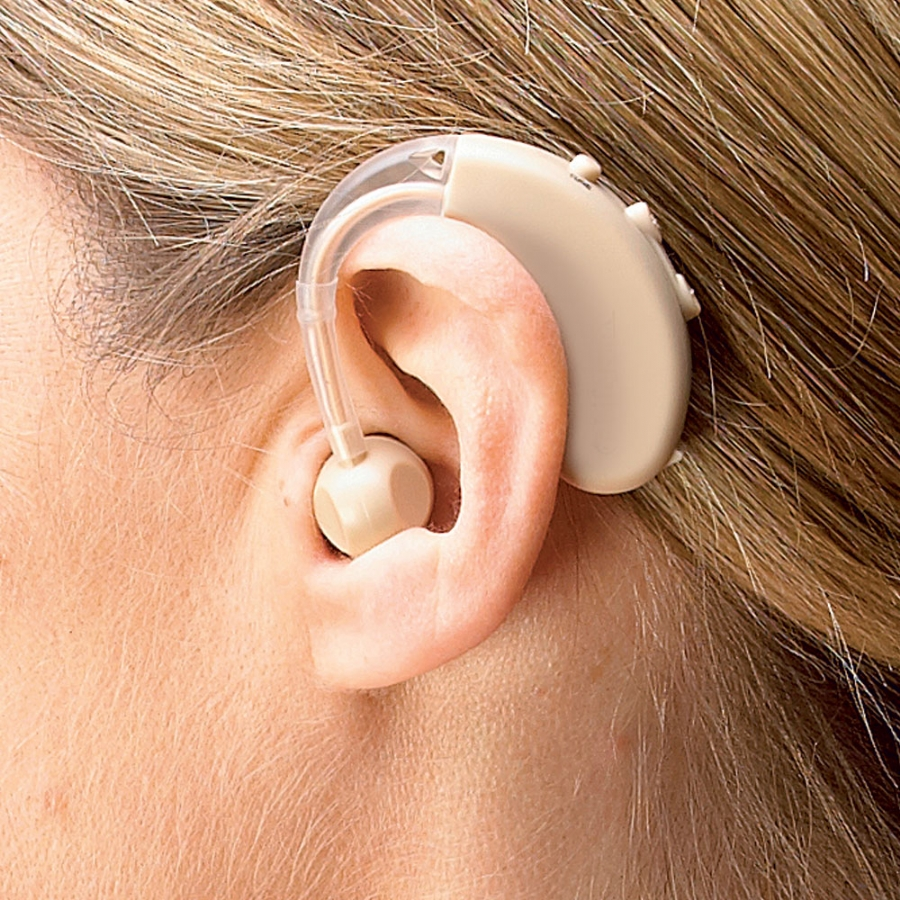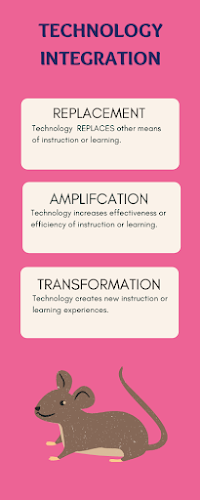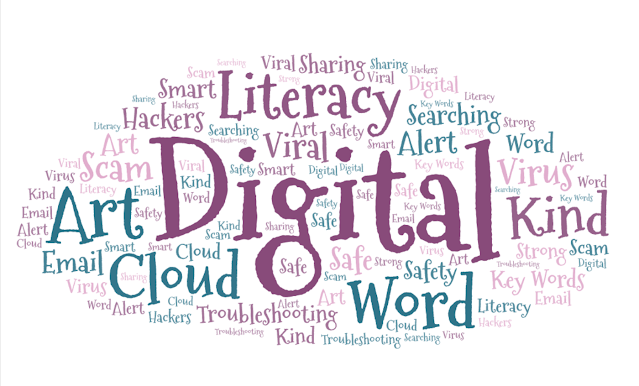Working with Hearing Impaired students

At 2 am one morning in 2015, a loud alarm startled me out of my sleep. My alarm clock was not on. It was in my head. The beeping would not stop but eventually changed to high pitched buzz. Sleeping was difficult. I was only 35. Seven years later it is still there. Constant ringing in your ears is called tinnitus. In my case, the cause of tinnitus is unknown. Since that morning my hearing has steadily declined. I wear two hearing aids (which are ridiculously expensive devices). Even with the aids, I regularly do not hear what people say---it depends on the room acoustics, the pitch of the person's voice, and where they look when they speak. In recent years, as my hearing has gotten worse, I've learned to advocate for myself. I ask people to speak up, to look up, even to remove their masks. I ask professors for captioning on videos, and I get special headphones when I go to movie theaters. Sometimes I get what I call advocation exhaustion. If I have repeated my requests for a

